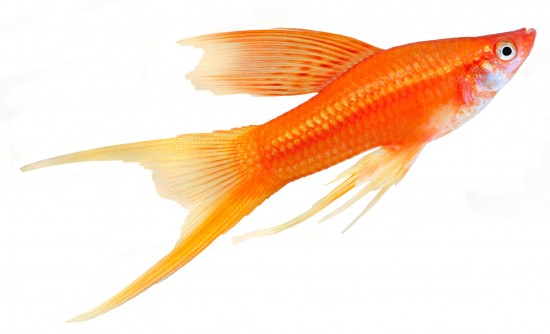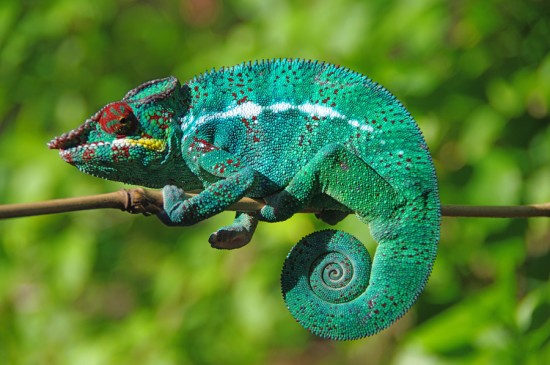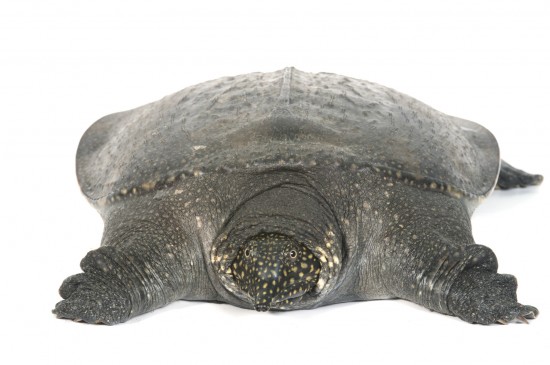
Cats can have several different health problems. But perhaps the most taxing among them is when your cat experiences incontinence. Incontinence can be with urination or with the bowels. And the most common case that we see in cats is urinary incontinence.
This can be a very messy problem. Not to mention that it can also be uncomfortable for your cat. To be able to remedy this problem, begin with assessing your cat's condition. It is essential that you determine that it is something that is probably related to urinary incontinence and differentiate it from inappropriate urinations.
There are a few signs that you should be looking for. The most prominent would be that there is dribbling of urine. When you have noticed drops of urine slowly coming from your cat, it can be a sign. In connection with this, you may be able to find wet spots in your carpet or in places where your pet spends most of its time.
But you need to be able to determine that the wet spots are indeed from urine. There can be those coming from the water that they drink or the moisture that they get when they go out of your house on a rainy day.
Checking your pet's skin will be able to show you whether there are some irritations or not. Soreness may be due to the contact of urine to the cat's skin.
Unfortunately, there are causes of incontinence that are non modifiable. There are those that are due to abnormalities in the nervous system. As this body system controls significant bodily processes, urination is a very common aspect that encounters problems. There are also cats that beginning at birth already have existing physical problems.
However, a controllable factor that causes incontinence is infection. So, preventing infection of the urinary tract from occurring in your cat will have more benefits than just simply preventing the infection. It will also reduce the risk for incontinence.
To be sure, you can seek the help of a veterinarian. Your vet will confirm what you cat's condition is. Usually, the process will begin with lab tests done to your cat. This may include urine analysis to determine presence of bacteria, red blood cells, and red blood cells in the specimen, a urine culture and sensitivity test to determine if infection is the cause of the incontinence and physical palpation of your cat's abdomen to rule out physical abnormalities.
If it is found out that, indeed, your cat has urinary incontinence, the underlying cause will be evaluated and, if possible, treated. Medications may also be prescribed.
At home, there are a few things that you will be doing in taking care of your pet while it recovers from this condition. First, you will make sure that the medication is administered at correct times.
Then, you need to make the visits to the vet as suggested. Additional visits may be needed for follow up check up and to determine how your pet is responding to the treatment.
 Saluki Dog Hereditary Health And Average Longevity
Saluki Dog Heredi
Saluki Dog Hereditary Health And Average Longevity
Saluki Dog Heredi
 3 Great Choices Of Pet Fish For Children
3 Great Choices O
3 Great Choices Of Pet Fish For Children
3 Great Choices O
 Chameleons - The Amazing Technicolour Pet!
Chameleons - The
Chameleons - The Amazing Technicolour Pet!
Chameleons - The
 Keeping A Soft-shelled Turtle As A Pet
Keeping A Soft-sh
Keeping A Soft-shelled Turtle As A Pet
Keeping A Soft-sh
 Pembroke And Cardigan Welsh Corgi Health Issues
Pembroke And Card
Pembroke And Cardigan Welsh Corgi Health Issues
Pembroke And Card
Copyright © 2005-2016 Pet Information All Rights Reserved
Contact us: www162date@outlook.com